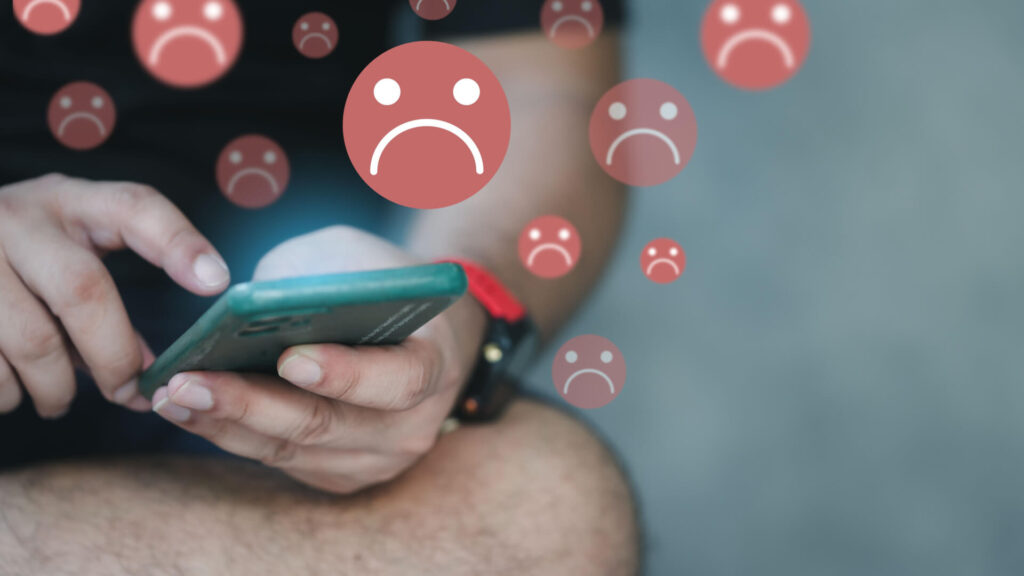Many of us have given up on websites and apps that are too difficult to navigate. In some cases, the slightest inconvenience can send users away and to a competitor with a better user experience. Of course, businesses want to draw you in and know that to do so, they need to make this as easy as possible. Creating a positive user experience means making it easy for them to take action. Users shouldn’t be left wondering what steps they’re supposed to take. You need to guide them.
However, while companies want to make it easy for you to sign up for or buy something, some don’t want to make it as easy for you to leave them. If you’ve ever tried to cancel a subscription before, you might know how difficult this can sometimes be. Instead of canceling, it might just seem easier to give up. Similarly, some might trick you into signing up for or buying something you didn’t intend to. Not only can this be frustrating, but it can leave you distrusting the company and feeling deceived. These manipulative tactics, among many others, are known as dark patterns.
If you’ve been through this, you might be left feeling like this company violated your rights and are wondering if these practices are illegal. Learn more about dark patterns and why it’s essential for your business to avoid utilizing them on your website.
What Are Dark Patterns?
Dark patterns are user interfaces created to deceive users into taking a certain action. This can include using deceiving designs or overly complicated processes that can deter users from taking their desired action.
Although dark patterns may seem intentional, not every business that uses these tactics does so to trick consumers. Sometimes, dark patterns can be so common that they almost seem like the standard practice. However, even if these tactics weren’t intentional, they may still break someone’s trust and violate laws. Because of this, every business must consider the user experience it creates on its website and ensure that users always understand what actions they’re taking.
Common Types of Dark Patterns
Websites create a range of different types of dark patterns. Some common ones you’ve likely encountered before include:
- Bait-and-Switch – A bait-and-switch occurs when a company advertises certain information to attract users, only for this information to turn out to be untrue. For example, a company might advertise an item on sale, and when a customer is interested, the item is no longer available and they offer something more expensive.
- Disguised Ads – A disguised ad may not look at all like an ad and blend in with the rest of a website, causing a user to click on it without knowing it’s an ad. For example, ads may be disguised as call-to-action buttons that belong on a website and give users no reason to think that it may be an ad.
- Misdirection – Misdirection can take your attention away from the action you want to take and instead lead you to the action the company wants you to take. This can sometimes be done through misleading design or writing.
- Confirm Shaming – Confirm shaming is when a company tries to guilt you into taking the action they want instead of what you want. This makes the option to decline the action a company wants you to take seem like a negative thing.
- Roach Motel – This is a term for processes that makes it easy for users to join but extremely difficult for them to leave. Signing up for a subscription may be quick and easy, but leaving requires you to go through multiple pages where the actions you need to take are unclear.
- Forced Action – A forced action is when a website gives you no choice other than to take the action they want. For example, a company requests your email address and won’t allow you to do anything besides provide the information.
- Hiding Fees – When a company advertises a certain price, but then you’re ready to check out and other fees have been added on, these may be hidden fees. Companies that do this are not upfront about the costs of their products and services and leave you to figure out the actual cost until the last moment.
- Asking for Too Much Data – Tricking users into providing more personal information than they intended is a type of dark pattern.
Are Dark Patterns Legal?
If you’ve experienced a particularly bad dark pattern for yourself, you’ve likely wondered why companies are allowed to get away with these actions. In some cases, dark patterns could get a business into legal trouble. The Federal Trade Commission has been going after businesses that use dark practices for years, and the rules regarding these practices are only likely to get stricter. Amendments to the California Consumer Privacy Act ban the use of dark patterns that make it difficult for users to opt out. Connecticut and Colorado will also have similar laws coming into effect this year that protect consumers’ privacy.
However, even if certain dark patterns aren’t currently illegal, it doesn’t make them ethical, and they can easily lead to many people distrusting your business. If people feel like their privacy is not being respected or they can’t make their own choices, they’ll find somewhere else to go.
Ensure Your Website Respects Your Users
Dark patterns are not an easy way to get the engagement your business needs from users. This can only risk you getting into legal trouble or giving people a negative impression of your business. At ENX2 Legal Marketing, we understand the importance of allowing users to freely make their own choices, especially when it’s related to their privacy. We can help ensure that your website adheres to all privacy regulations and makes people feel comfortable putting their trust in your business.
Contact our digital marketing team today for more information.

